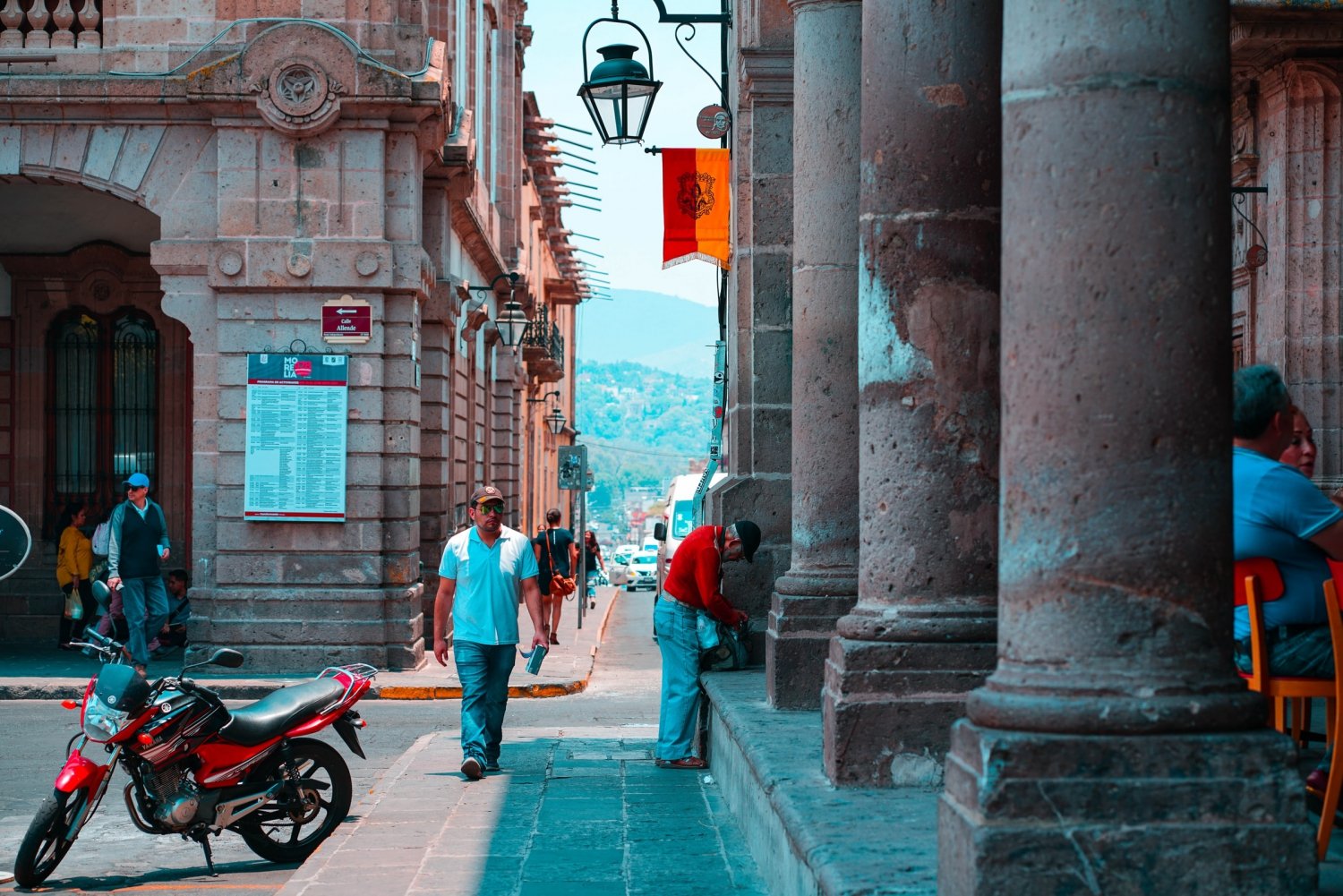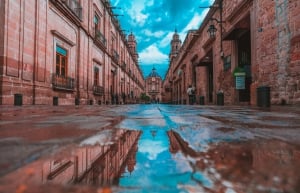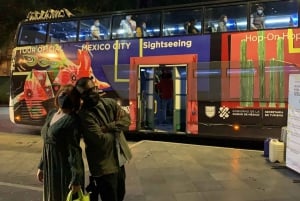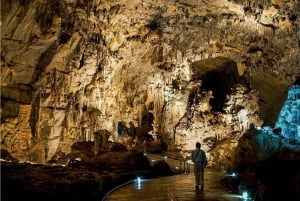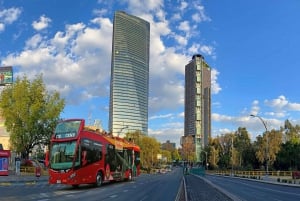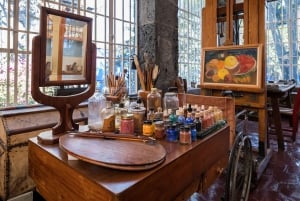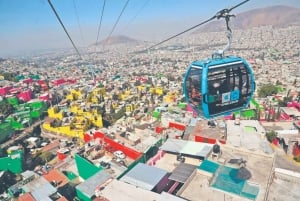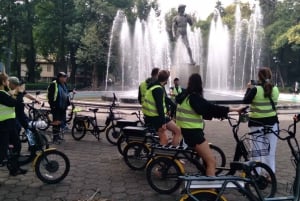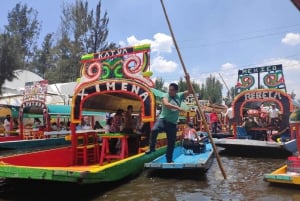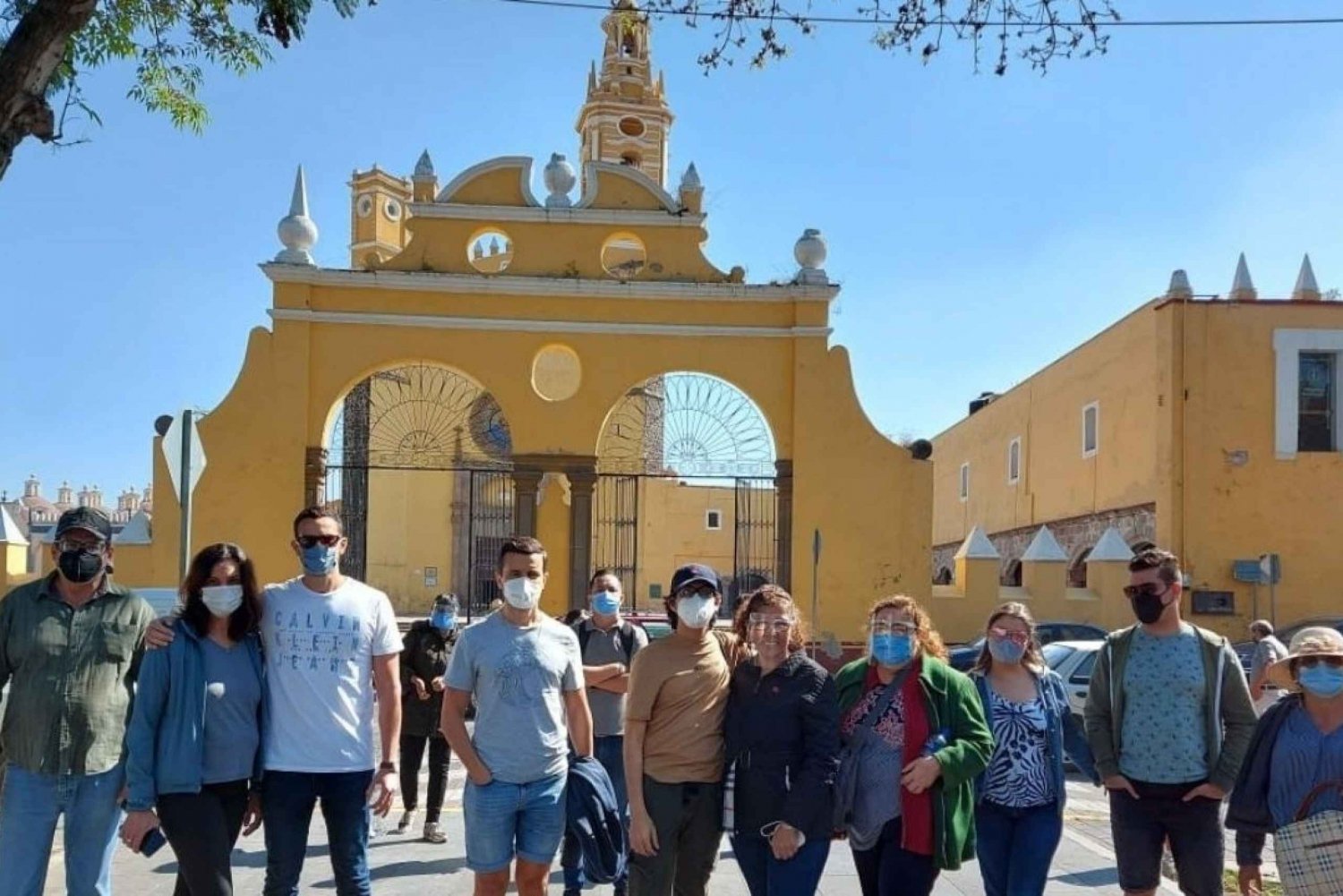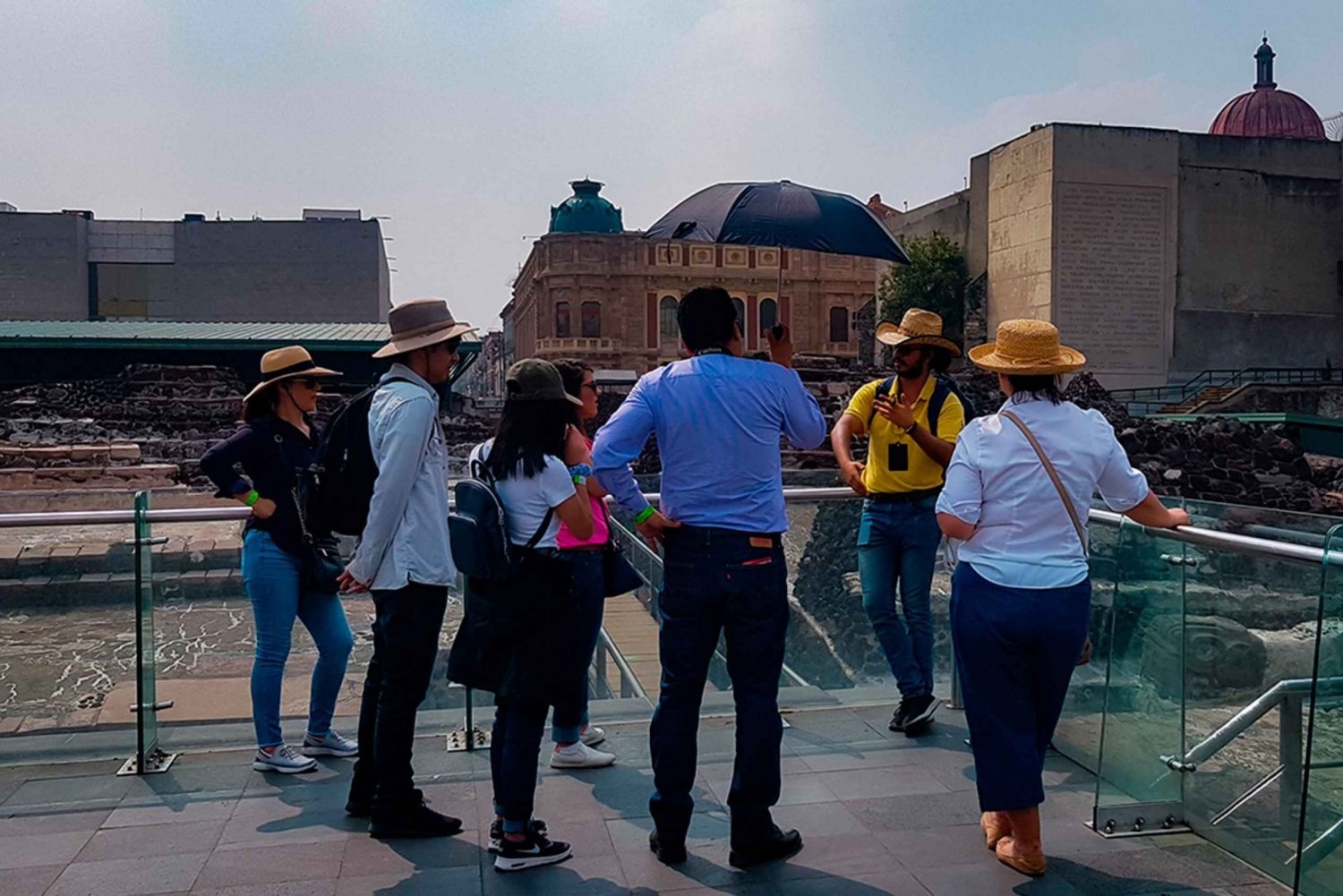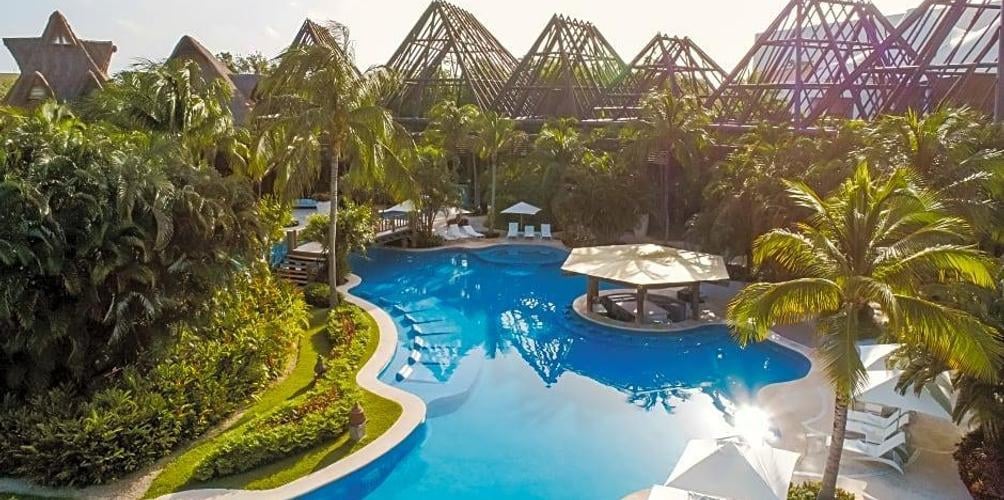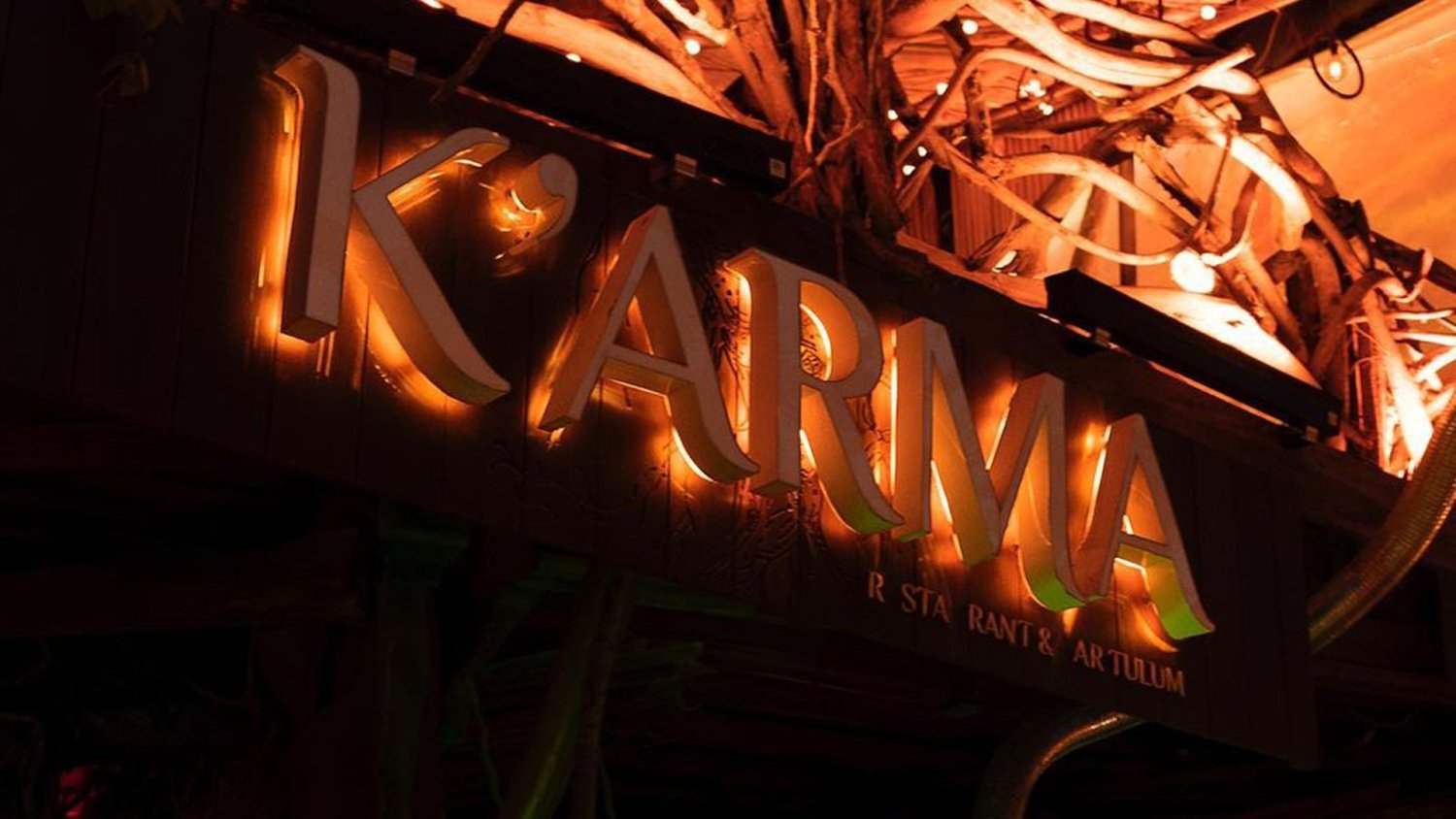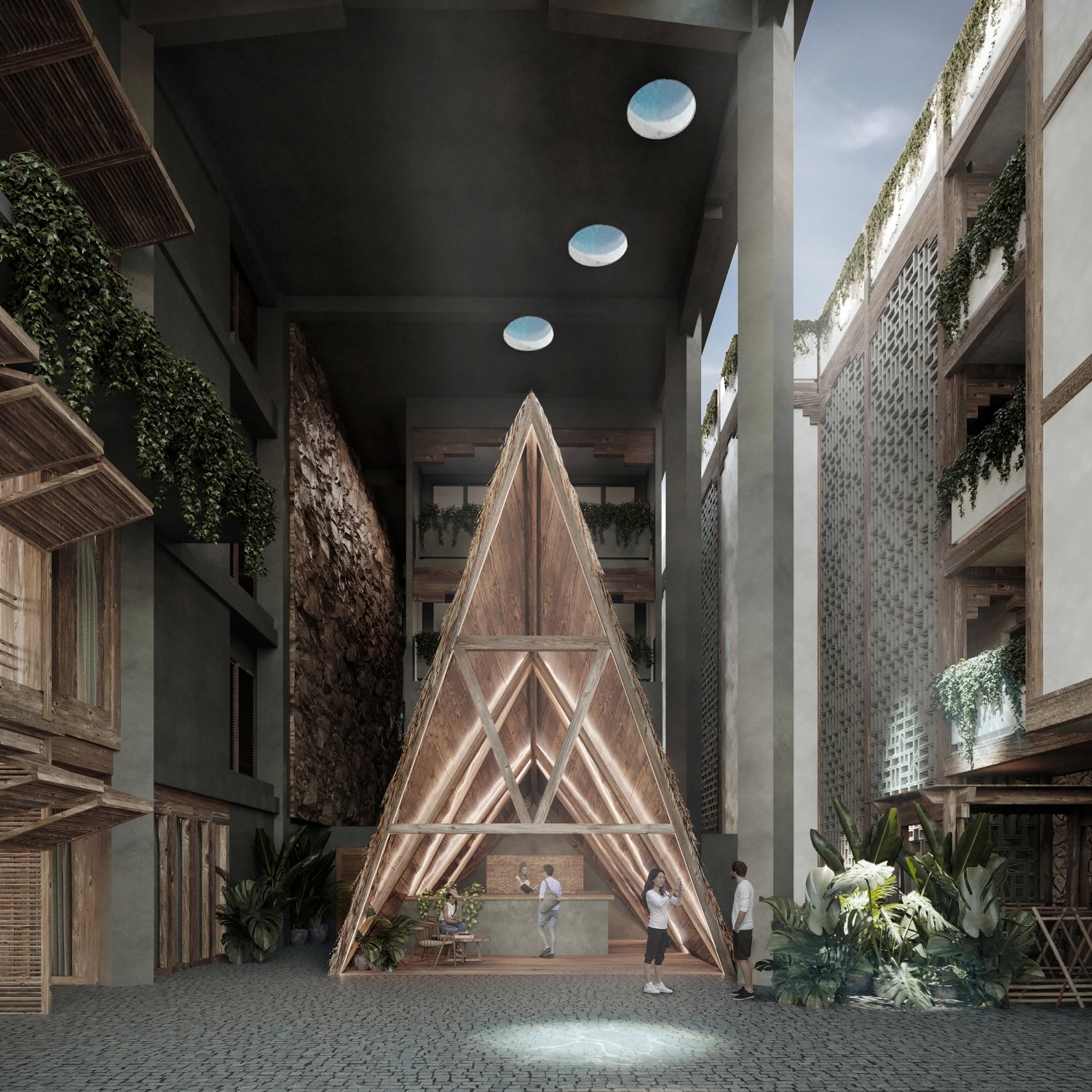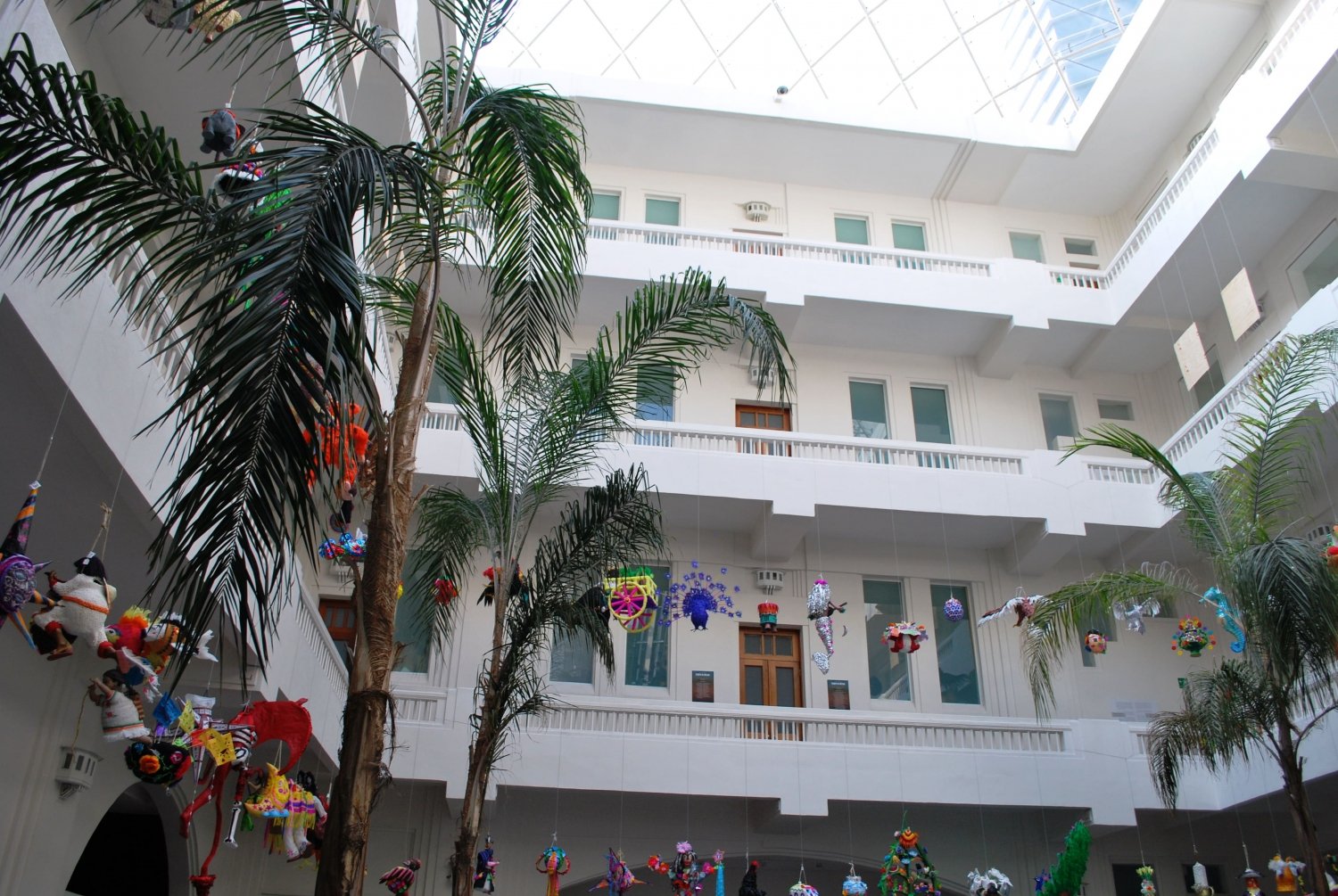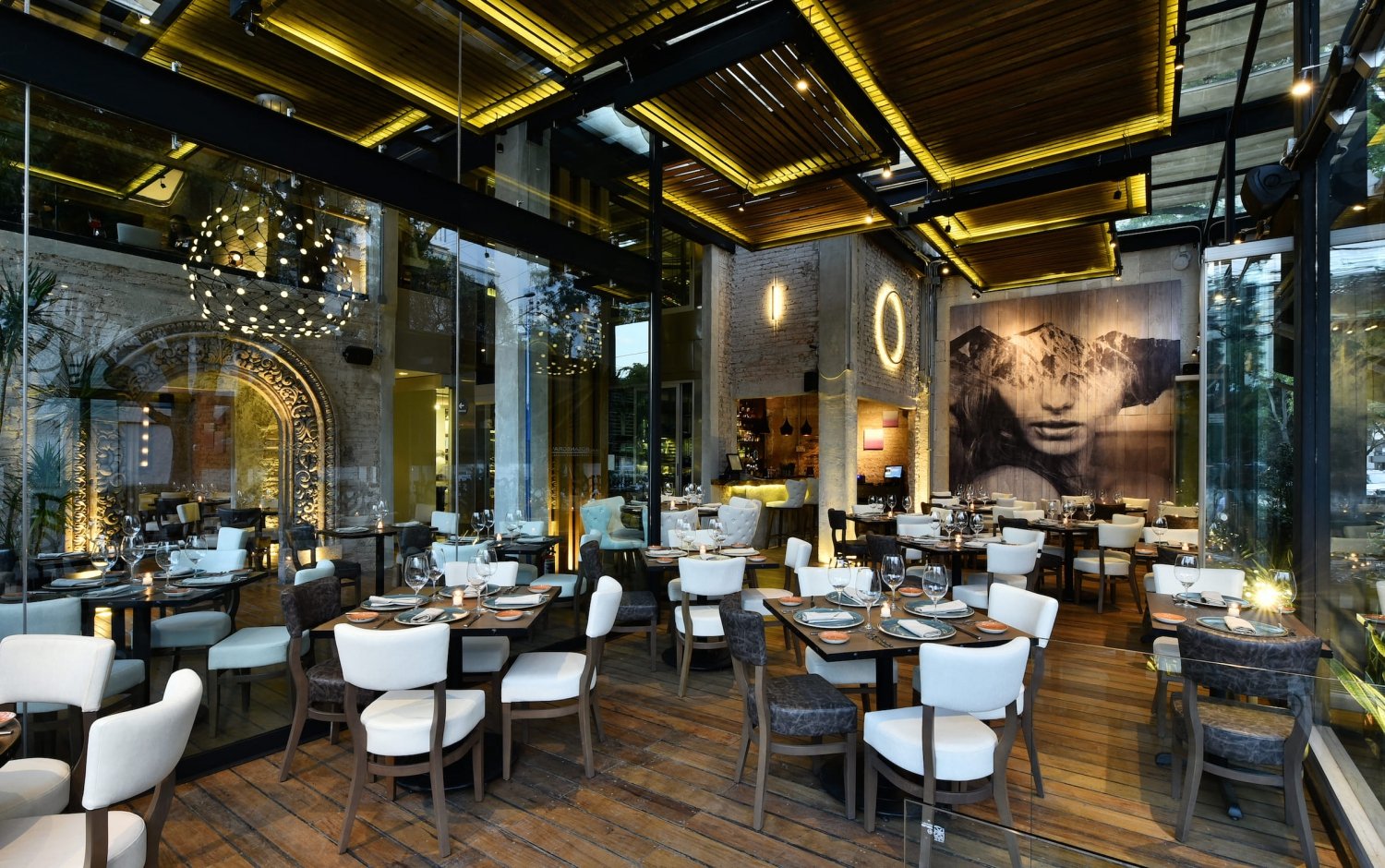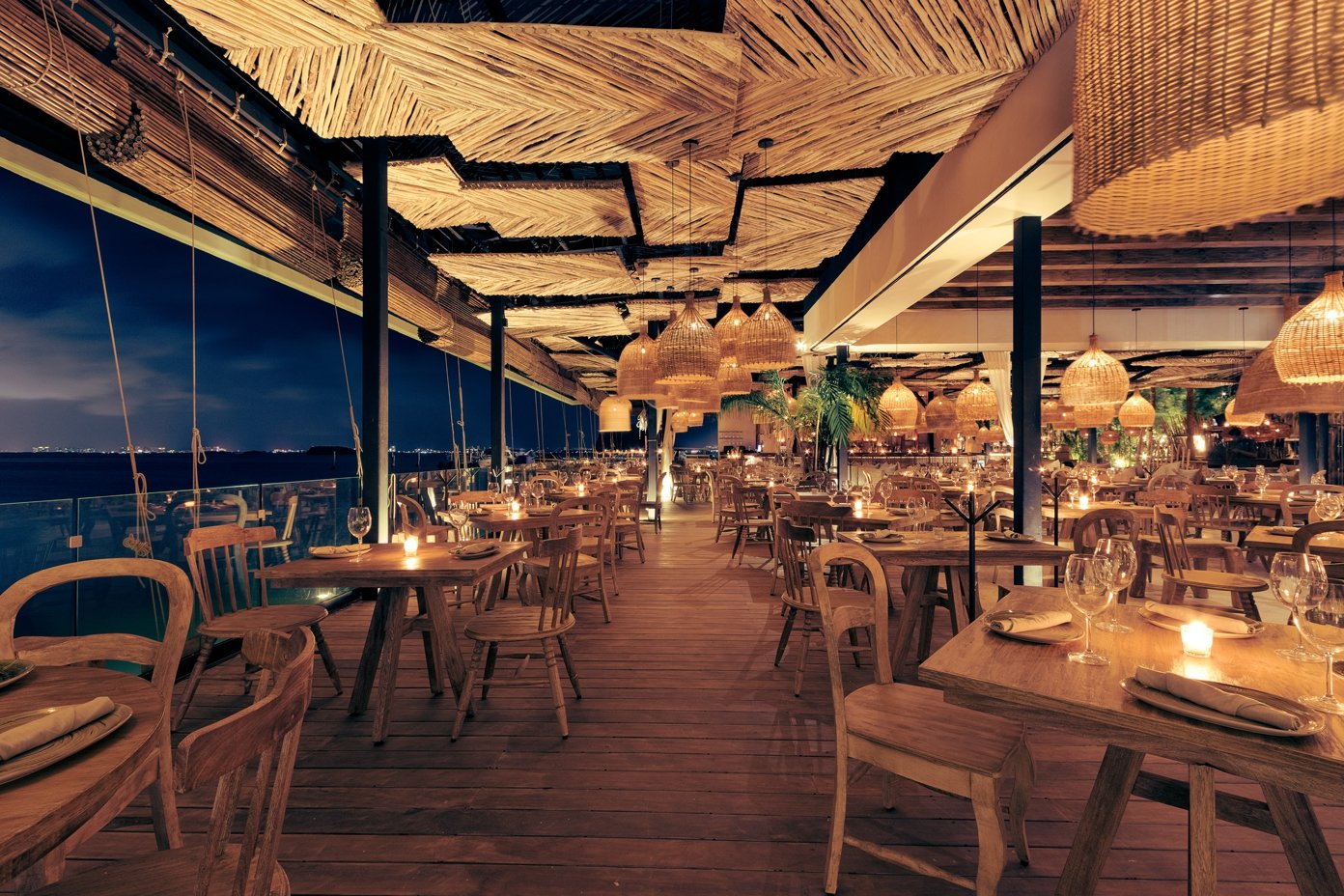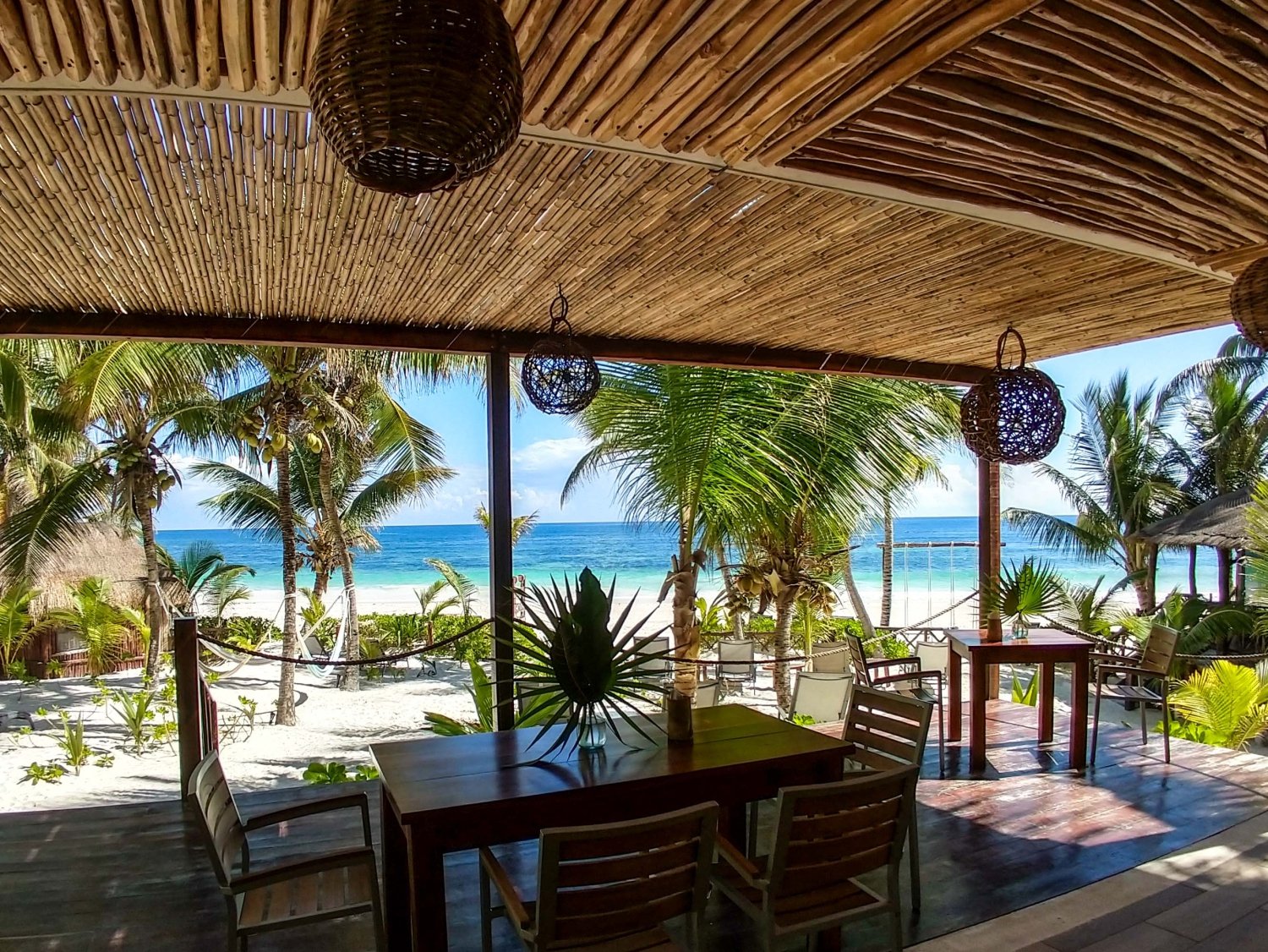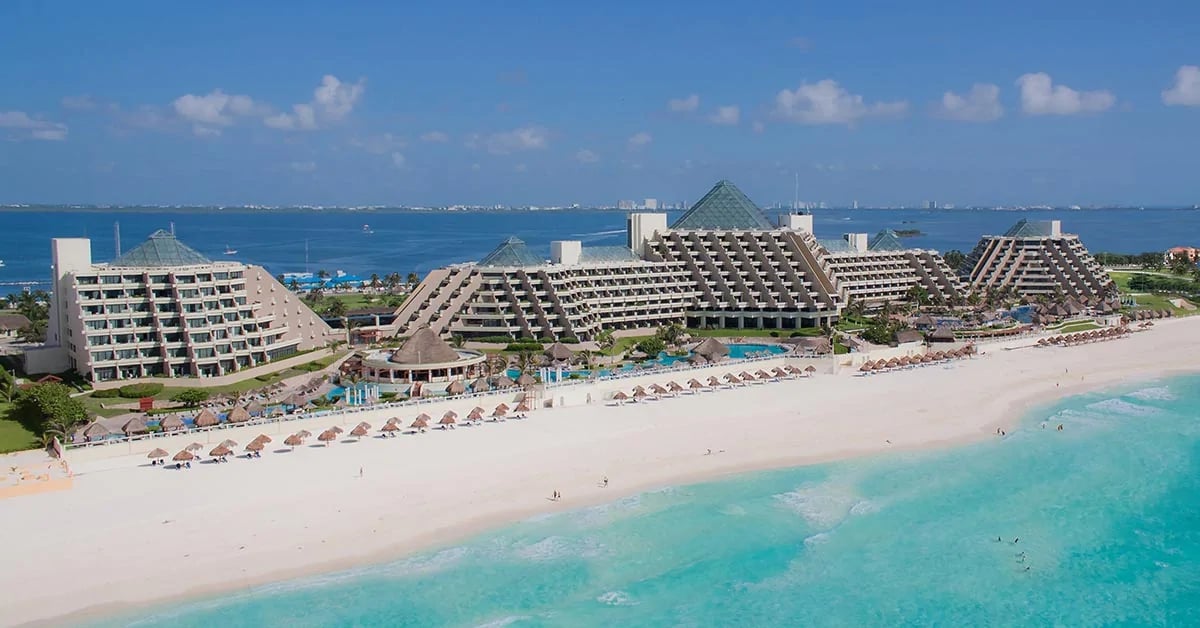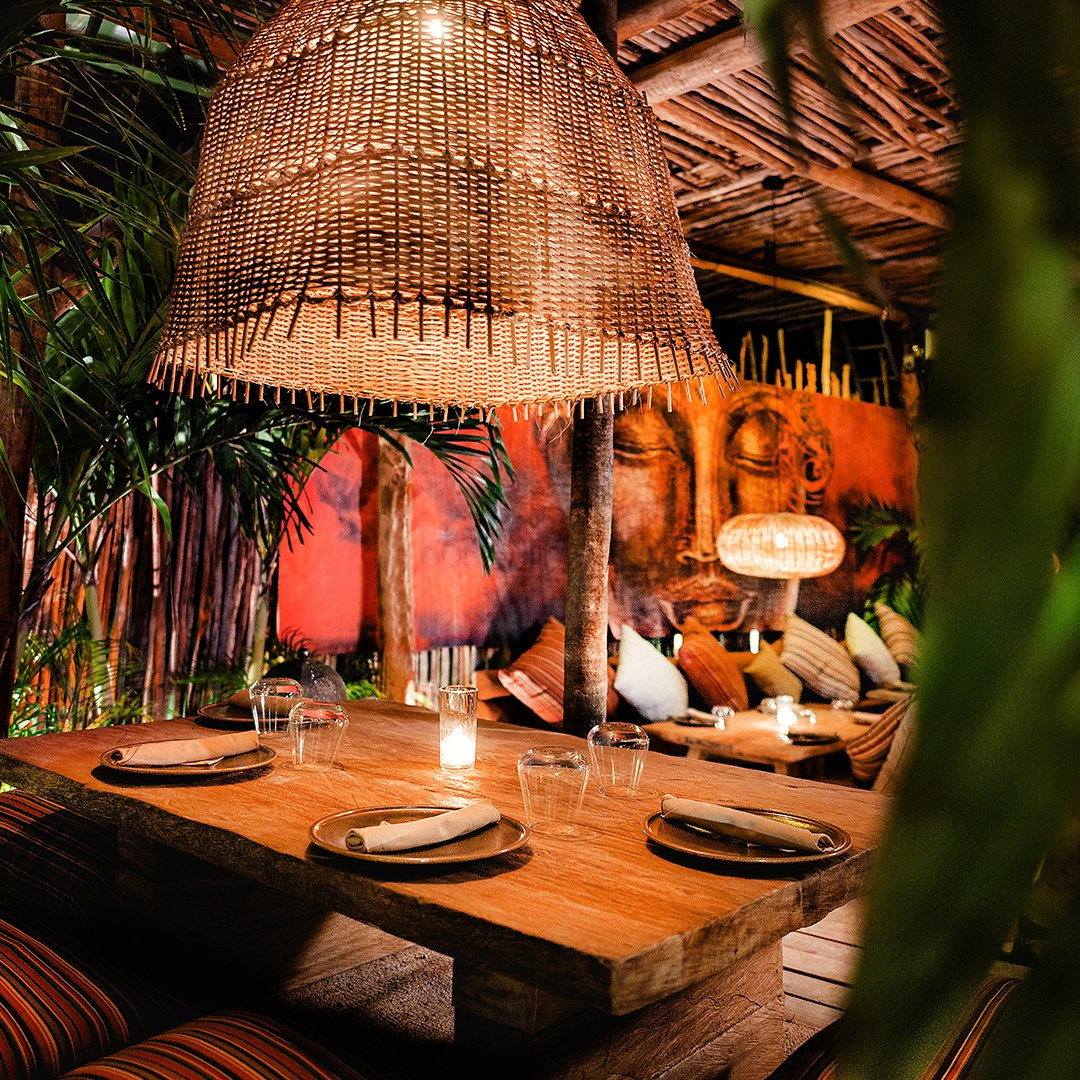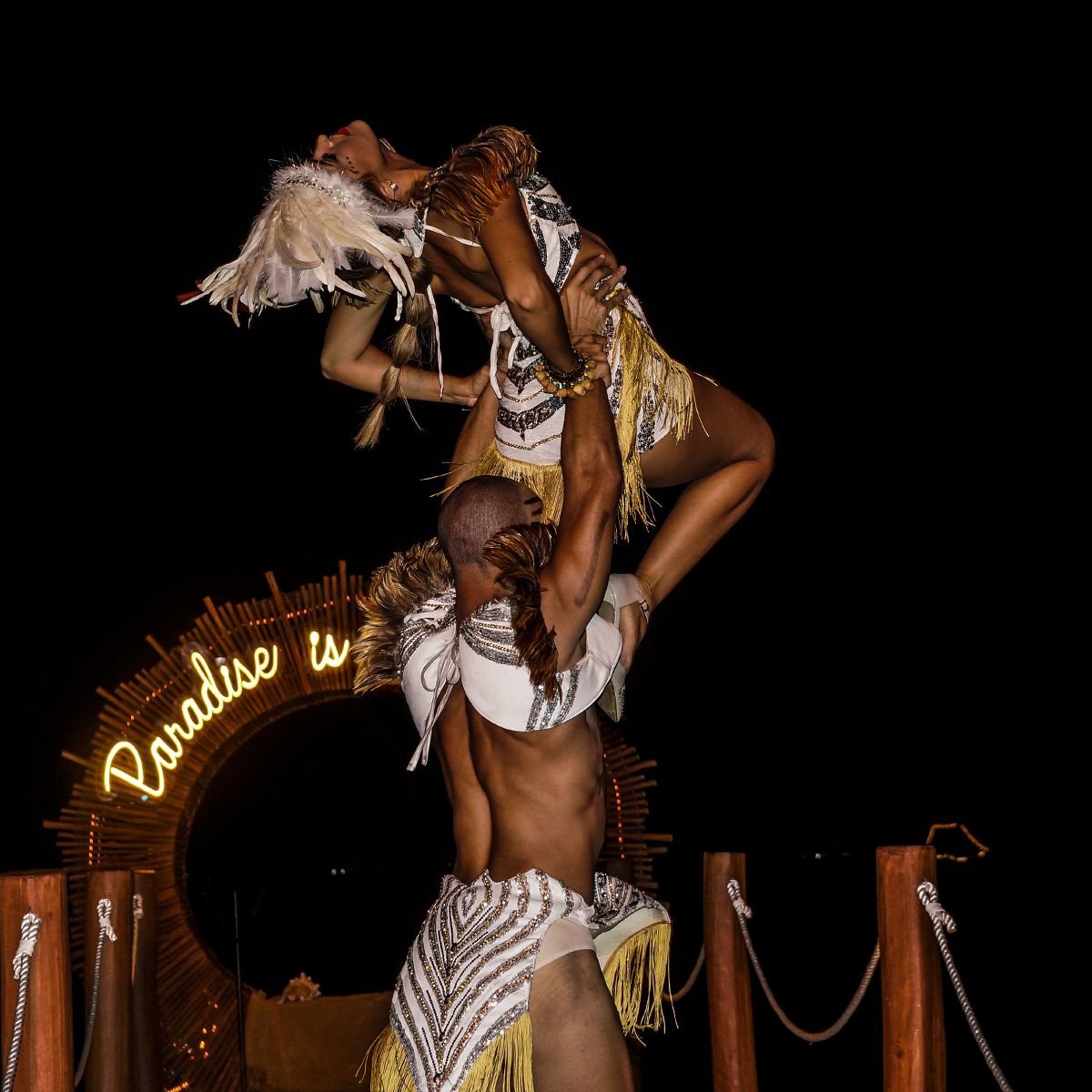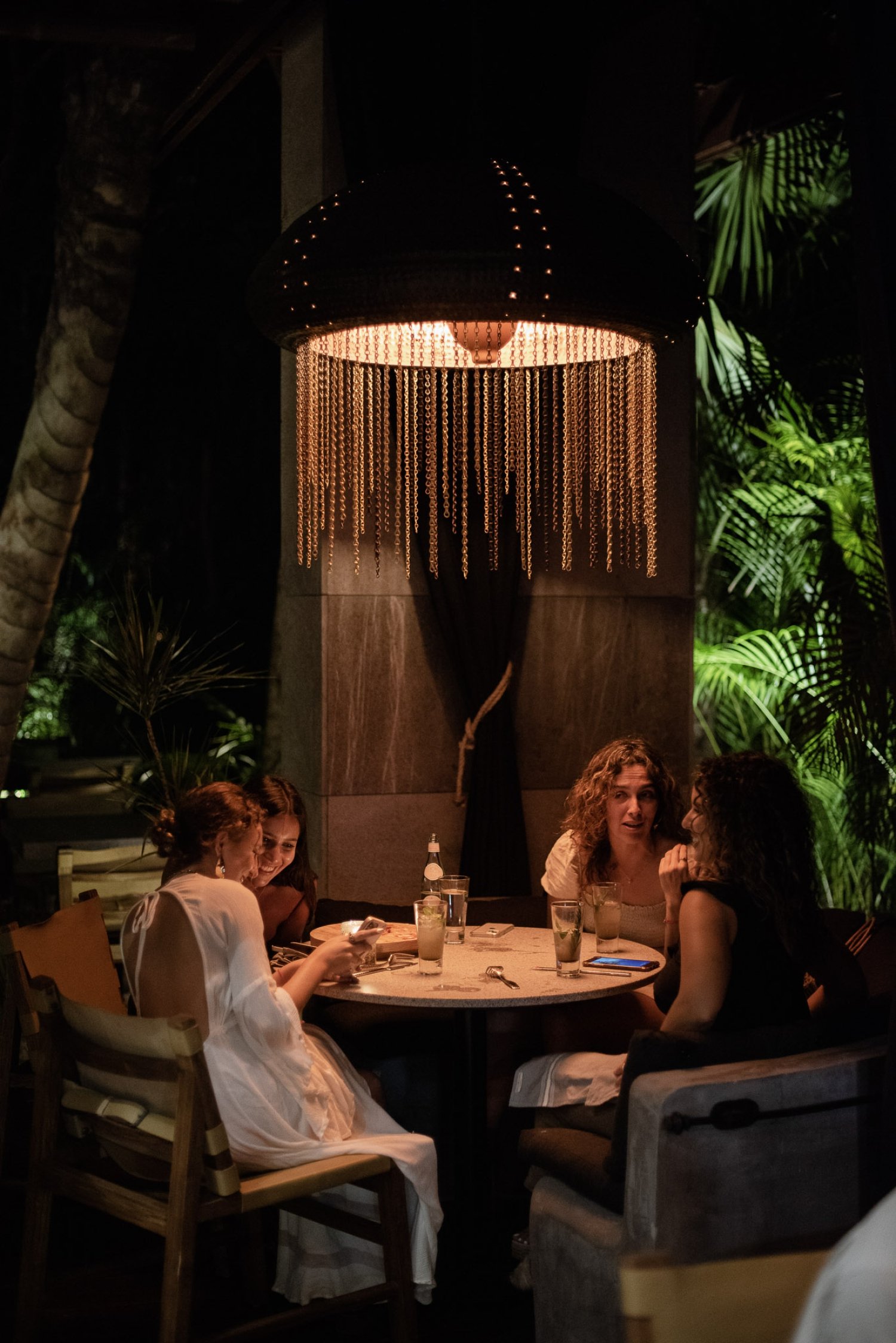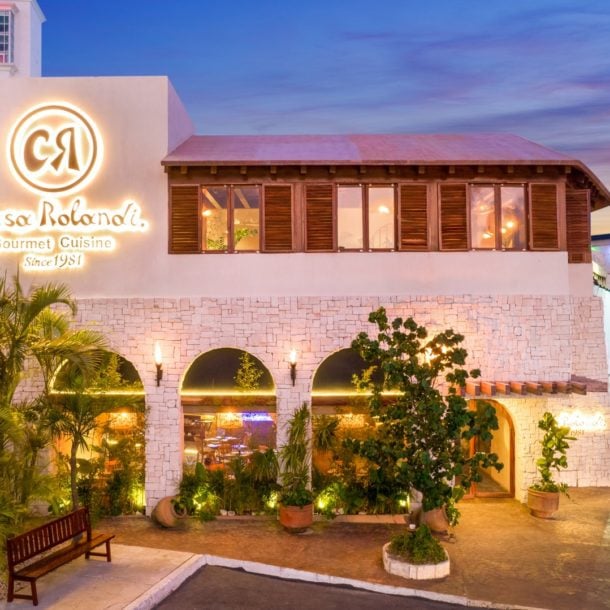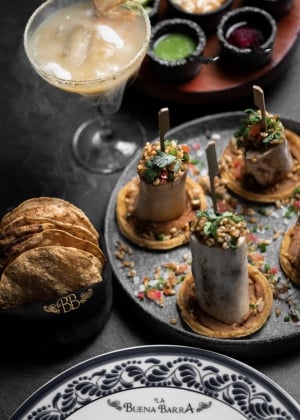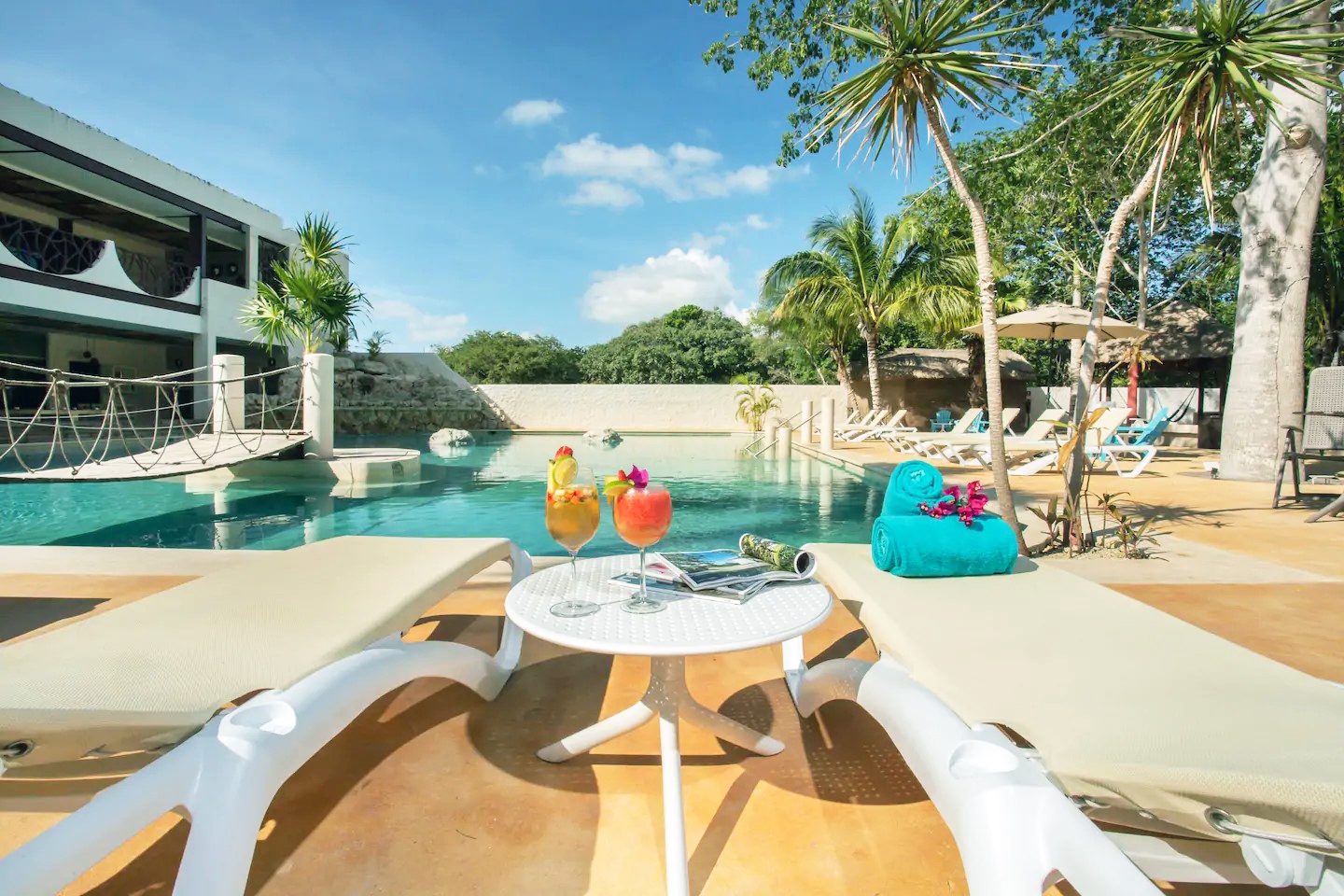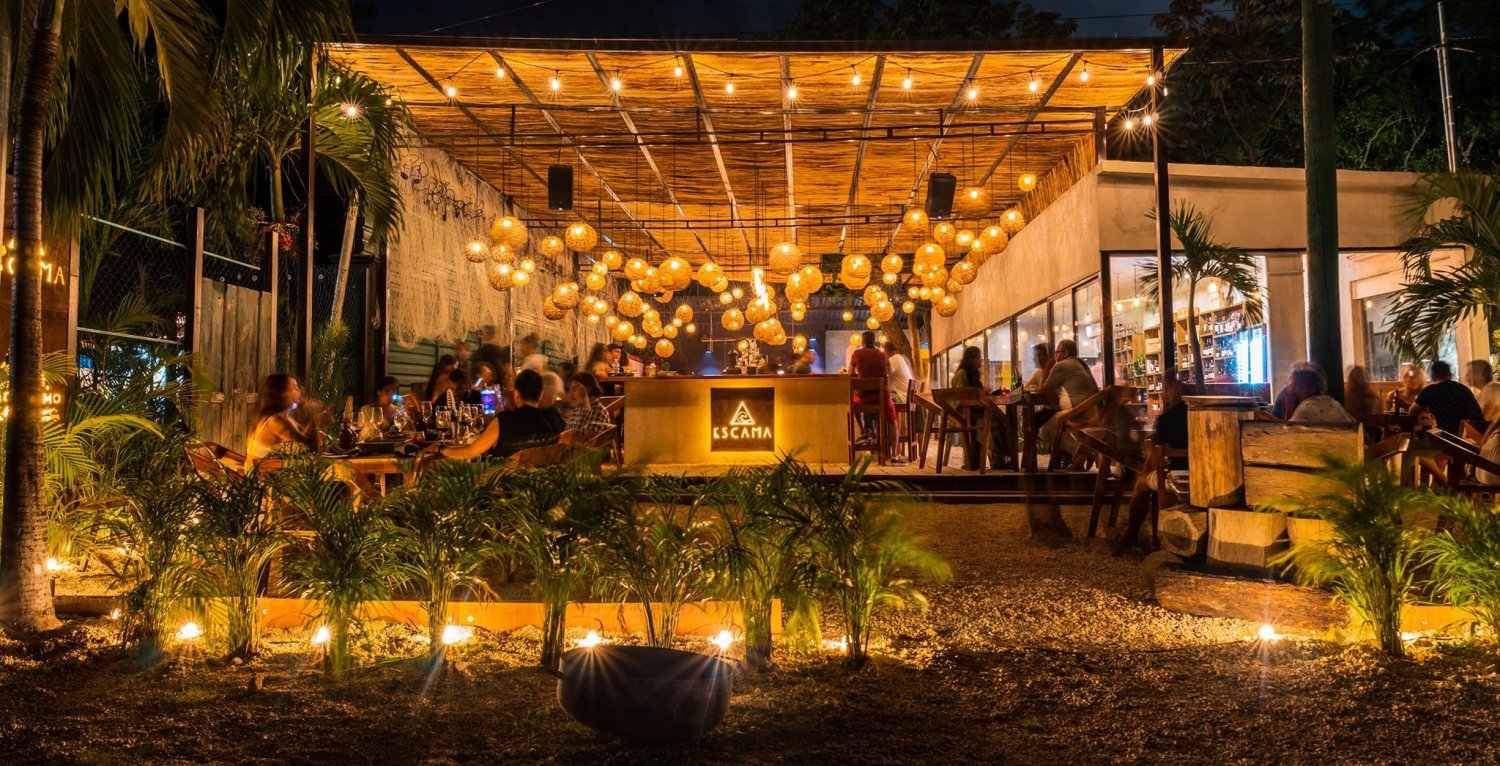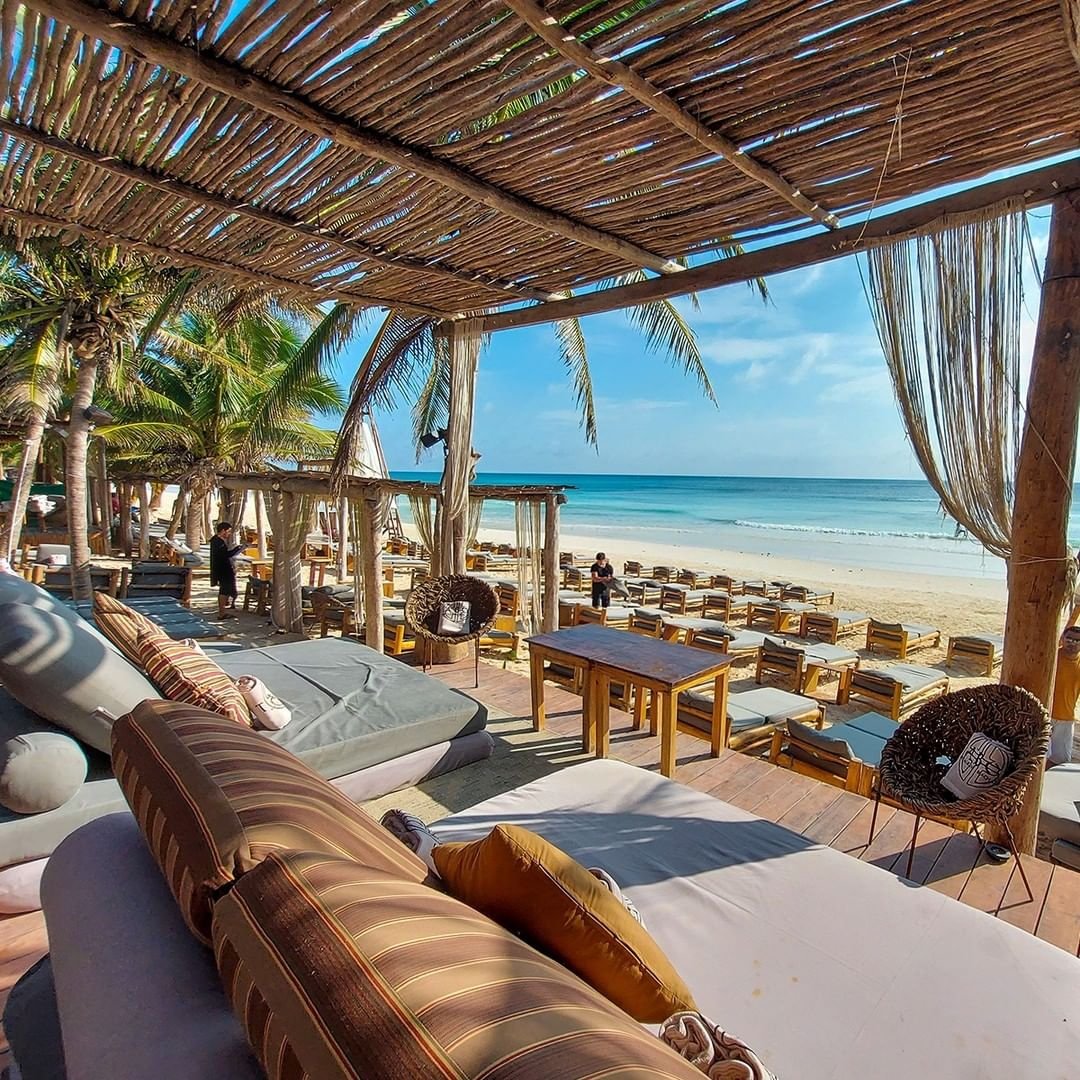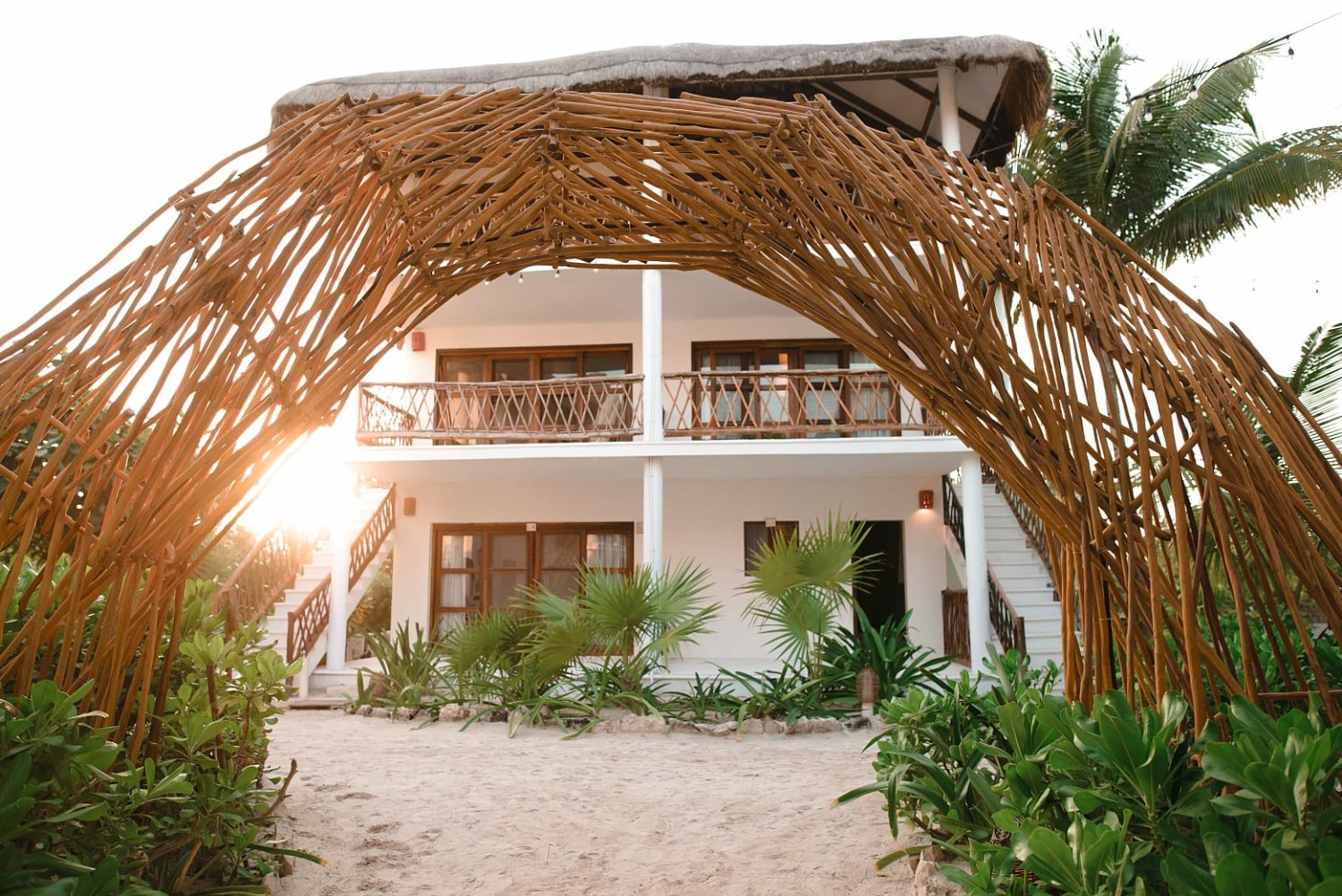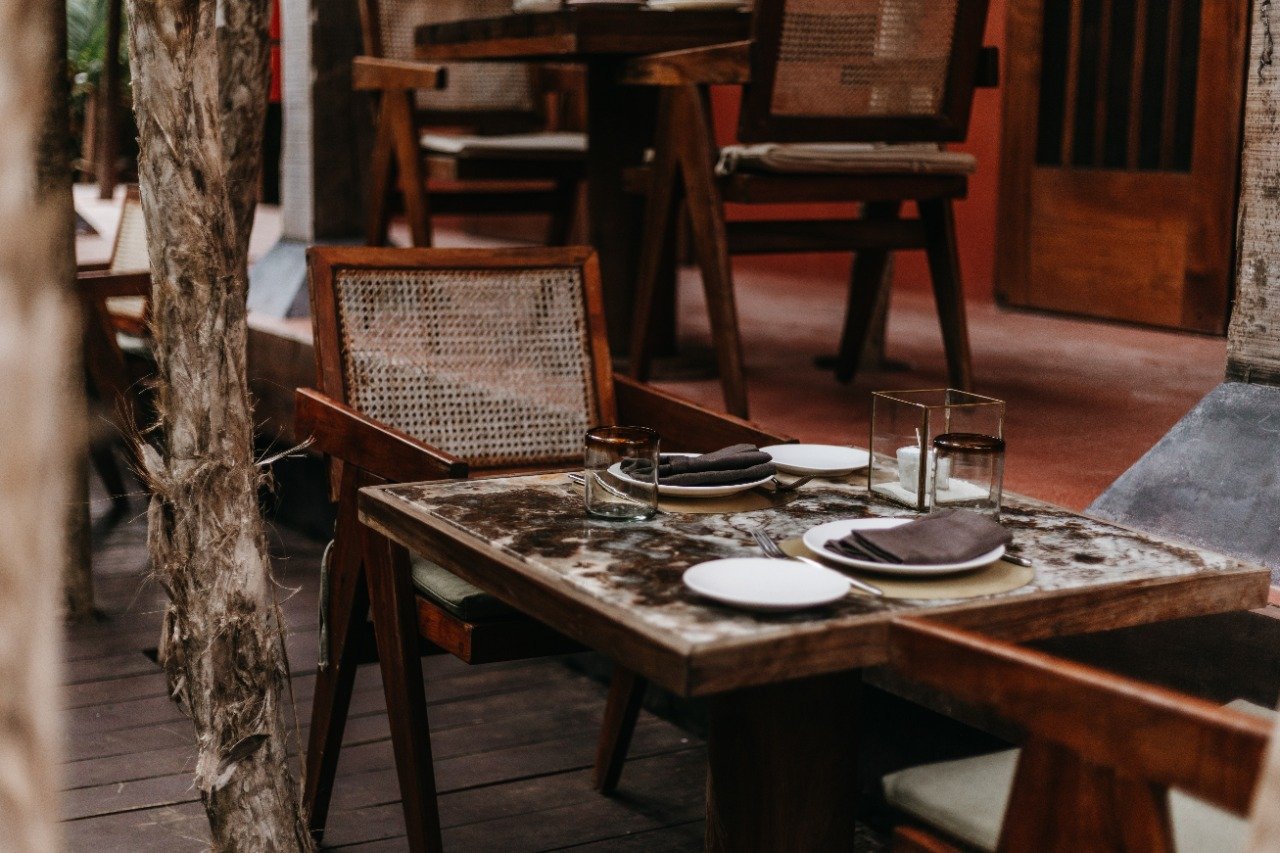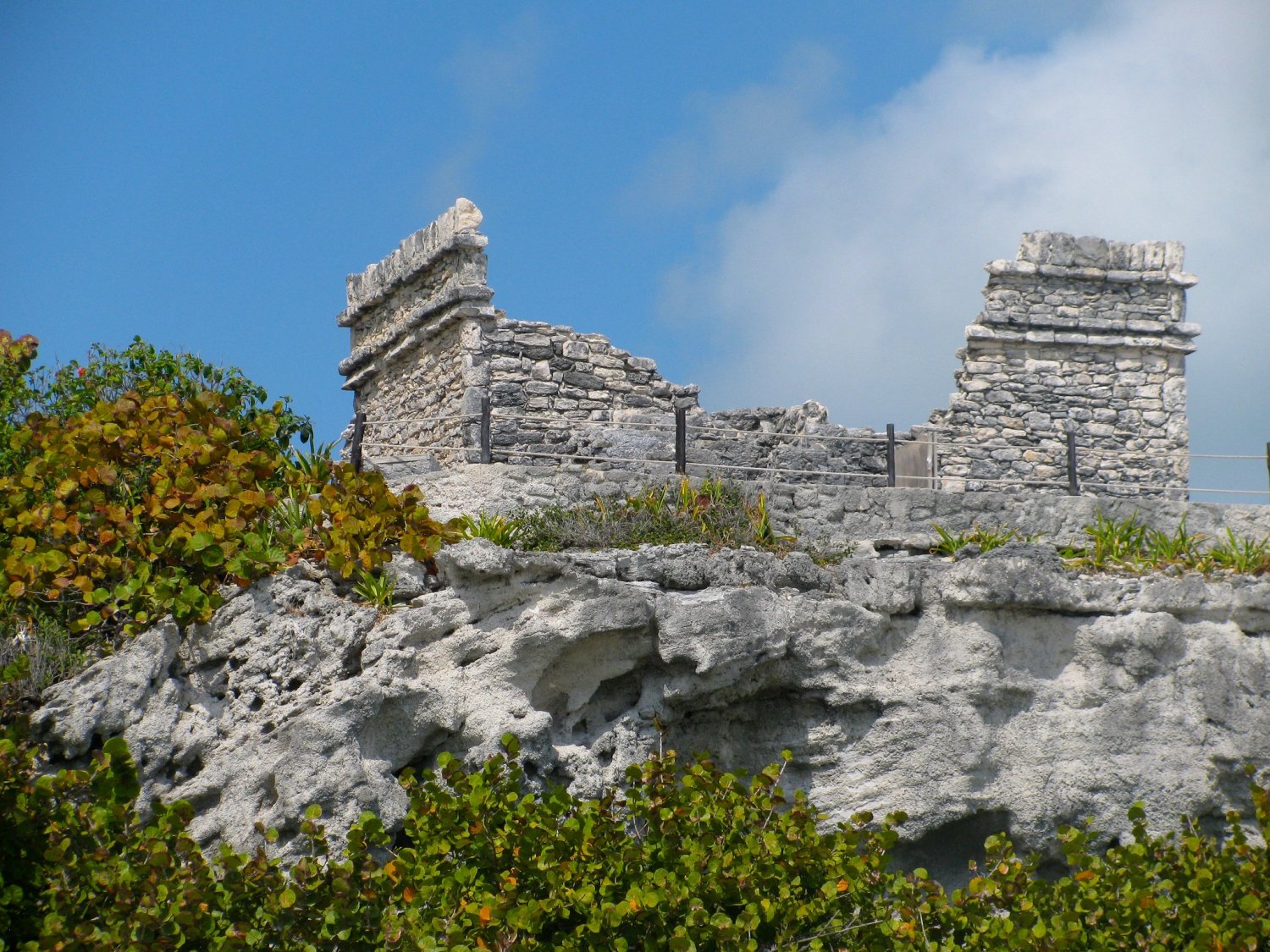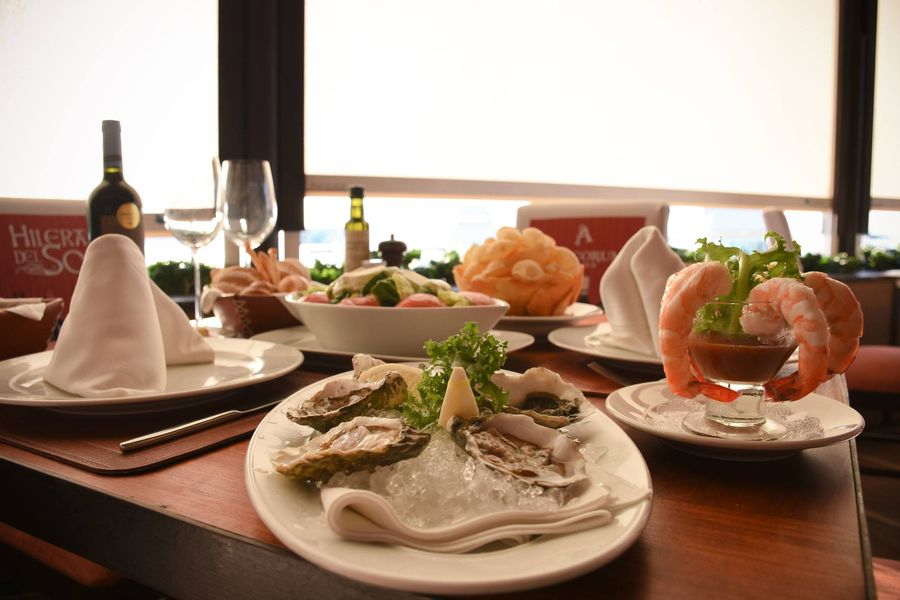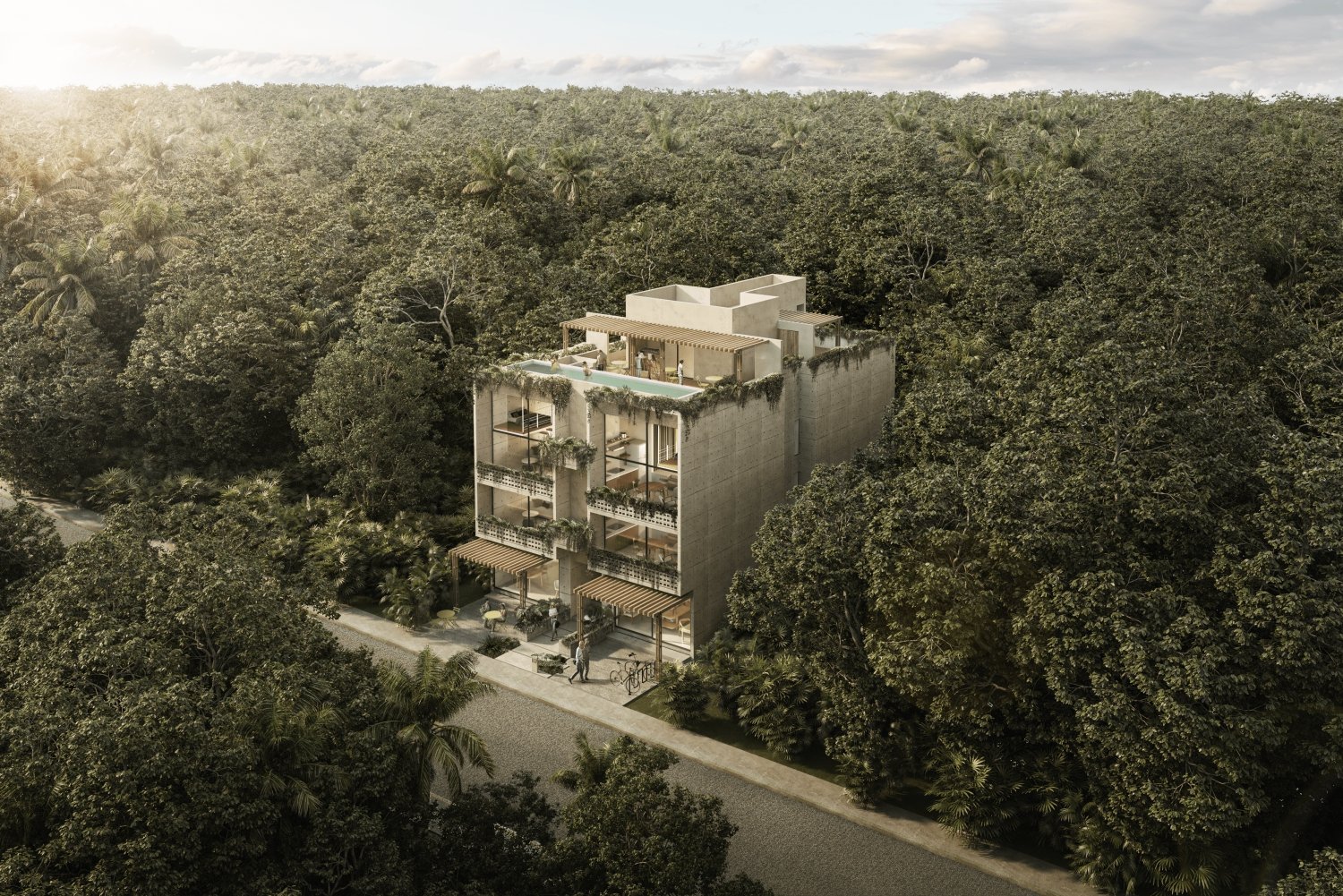Michoacán
A place brimming with the most diverse history, with ancient traditions, festivities, and unique landscapes.
“Place of fishermen” is the name with which the state of Michoacán has been baptized. It is a place brimming with the most diverse history, with ancient traditions, festivities, and unique landscapes. Its own capital, Morelia, was declared Cultural Heritage of Humanity by Unesco for its charming historic center.
Located in the center-west of the Mexican territory, it borders the states of Guanajuato, Guerrero, and Colimba, and Jalisco. It has numerous volcanoes for which it has been one of the most damaged areas in the country, the clearest example of this is the town buried in San Juan de Paricutín that in the 1940s was engulfed by the lava from the volcano, leaving very impressive images of its remains. In addition, it has a warm subhumid climate in most of the region that makes it suitable for a long visit.
When it comes to nature and landscape, Michoacán has several unique settings to visit. Some of the most significant archaeological sites in Michoacán are TzintzunTzan ("place of hummingbirds") next to Lake Pátzcuaro; the Zirahuato enclosure in San Felipe de Los Alzati and Ihuatzio, one of the Purépecha capitals at the time of greatest splendor of this ethnic group and where there was an astronomical observatory.
Another essential space in Michoacán to visit is the Monarch Butterfly sanctuary forests. For the more adventurous spirits who wish to practice mountain sports such as hiking, cycling, or horse riding, there is the Barranca del Cupatitzio National Park in Uruapan.
Its indigenous past is palpable in each of its streets, overflowing with local traditions and customs. Especially famous are the rituals of the Day of the Dead, one of the intangible customs recognized by UNESCO as a World Heritage Site. Lake Pátzcuaro with the offerings of the Purépecha ethnic group catalyzes all eyes with a celebration that is already famous throughout Mexico.
There are eight Magic Towns that we can find in the state of Michoacan: Pátzcuaro, Angangueo, Tlalpujahua, Cuitzeo, Santa Clara del Cobre, Jiquilpan, Tacámbaro, and Tzintzuntzan. The local gastronomy, the architecture, the cultural roots, and its colorful and participative traditions serve to give these magical towns a lot of colors.
We especially recommend touring Tlalpujahua, considered "Artisan factory" of Mexico for its Christmas decorations, they are blown glass balls and decorated by hand. Nor can Pátzcuaro be mentioned, one of the main destinations in the state, and even in all of Mexico. The surroundings of Lake Pátzcuaro and its islands hide corners of clear colonial reminiscences, such as the cobbled streets with rows of white houses with reddish roofs on the sides. Tzintzuntzan is classified as a magical town due to its historical importance, since here is the most outstanding archaeological zone of Michoacán.
The local specialties have the unique flavors of their origins, some of them are huchepos (corn tamales), churipos (beef soup with tomato), morelianas and charales.
Whether colonial cities, ancestral festivities, or natural landscapes, Michoacán welcomes its visitors with open doors.


